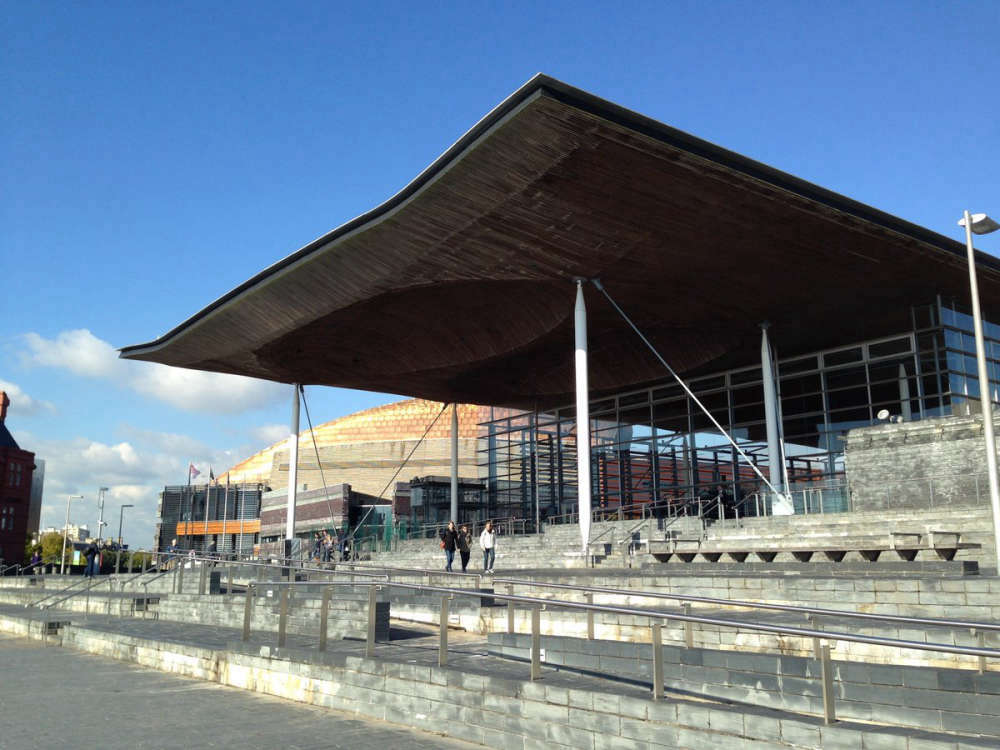
Plans for boundary changes could see two 'super' Senedd constituencies covering Anglesey and Gwynedd.
The first set of proposals from the Democracy and Boundary Commission in Wales suggests replacing the current system of 40 constituencies and five regions with 16 constituencies.
It forms part of wider Senedd reforms, which include increasing the number of members from 60 to 96.
The 16 proposed areas are based on pairing the 32 UK Parliamentary constituencies in Wales, which were created from boundary changes following the General Election in July.
Ynys Môn would be paired with the new Bangor Aberconwy seat - which was formed out of the former Aberconwy constituency and the eastern part of Arfon, namely the Bangor and Bethesda areas.
Dwyfor Meirionydd - which now includes the Western part of Arfon (Caernarfon, Y Felinheli etc.) would be merged with the Montgomery and Glyndwr seat, creating an area stretching from the coast to the border, which also includes southern parts of Wrexham.
A month-long public consultation on the boundary proposals is being held, with the commission expected to propose any alterations in December, before a final decision is made next March.
The new boundaries would take affect automatically at the next Senedd elections in 2026.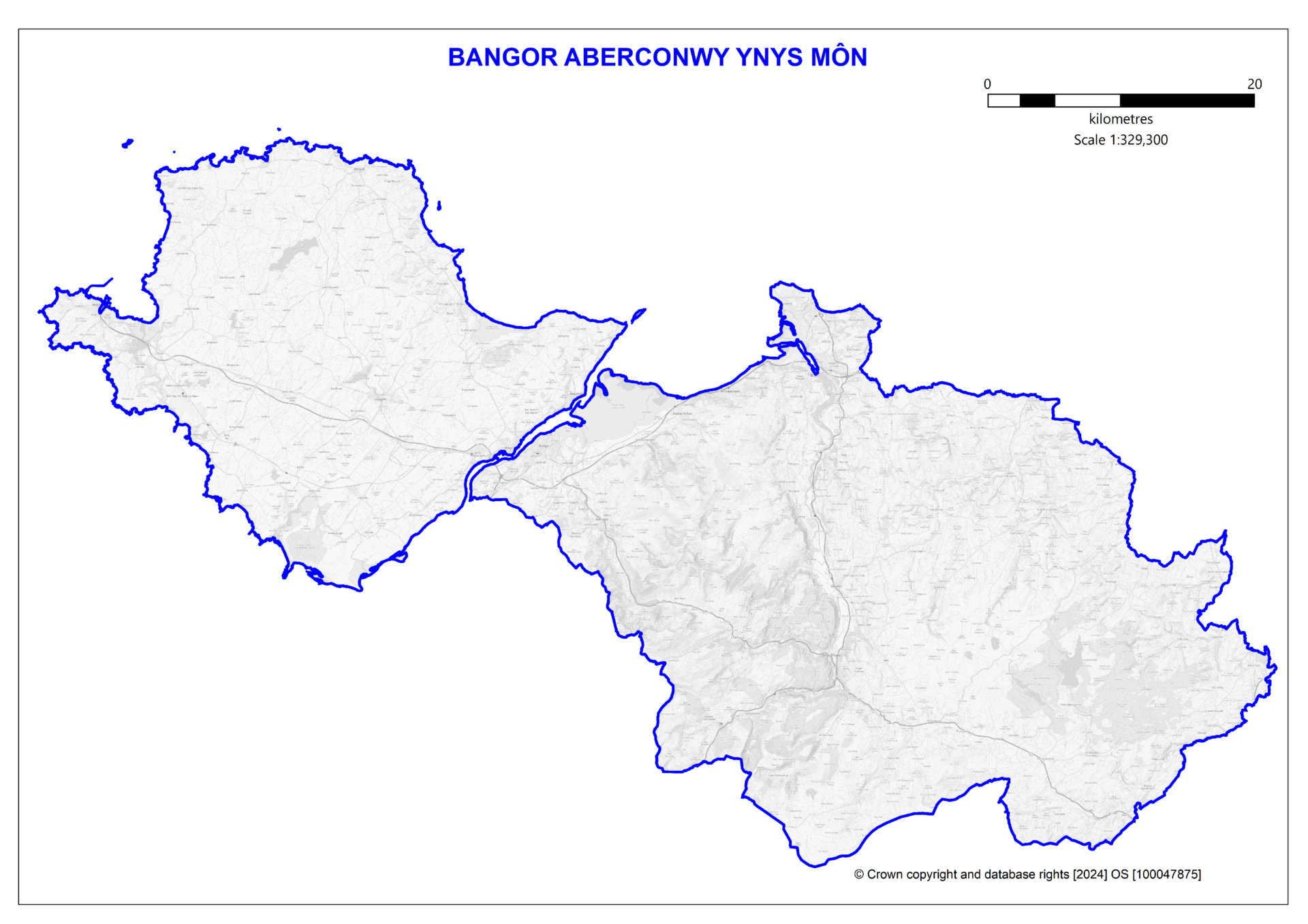
Plaid Cymru has held both the Arfon and Ynys Môn seats in the Senedd since Welsh devolution began in 1999 - currently represented by Plaid leader Rhun ap Iorwerth on Ynys Môn and Sian Gwenllian in Arfon.
Dwyfor Meirionydd has also being held by Plaid since it was regained by Mabon ap Gwynfor in 2021. Former MS Dafydd Elis-Thomas represented the constituency as an independent for five years after leaving Plaid in 2016.
The North Wales region - which includes Ynys Môn and Arfon - is represented by two Conservative MSs (Mark Isherwood and Sam Rowlands), a Labour MS (Carolyn Thomas) and a Plaid Cymru MS (Llyr Gruffydd).
The Mid and West Wales region - which includes Dwyfor Meirionydd - is represented by two Labour MSs (Eluned Morgan - the First Minister - and Joyce Watson), one Plaid Cymru MS (Cefin Campbell) and one Liberal Democrat MS (Welsh leader Jane Dodds).
Under the proposals, each constituency would elect six Senedd members using the D'Hondt system currently used for electing regional MSs.
Shereen Williams, CEO of the Democracy and Boundary Commission Cymru, said: "At the 2026 Senedd election, our national parliament will be elected using an entirely new system, with entirely new constituencies."
"The Commission is confident that our initial proposals represent a very good first step in creating Wales' 16 new Senedd constituencies, but we know from experience that these processes are always strengthened when we hear from the public."
"So we strongly encourage everyone to share their views with us, whether they support or oppose the proposals, so that we can go on to further strengthen the map ahead of the next election."
The other proposed constituencies are:
- Clwyd
- Alyn, Deeside and Wrexham
- Ceredigion and Pembrokeshire
- Carmarthenshire
- Swansea West and Gower
- Brecon, Radnor, Neath and Swansea East
- Aberafan Maesteg, Rhondda and Ogmore
- Merthyr Tydfil, Aberdare and Pontypridd
- Blaenau Gwent, Rhymney and Caerphilly
- Monmouthshire and Torfaen
- Newport and Islwyn
- Cardiff East and North
- Cardiff West, South and Penarth
- Vale of Glamorgan and Bridgend
Key to the proposals, according to the Commission, is the belief that they should only be thought of as "contiguous" or neighbouring if its possible to travel throughout it without having to leave the boundaries.
For example, the Commission did not consider Ynys Môn and Dwyfor Meirionnydd to be a viable proposal since it is not possible to travel from one to the other by road without having to enter Bangor Aberconwy.
The Commission added it has considered local ties, including shared history, the Welsh language and socio-economic links in an attempt to propose areas that "feel as natural as possible to people across Wales".
The initial proposals, published last Tuesday, states that Ynys Môn only has road connections to the mainland via the Bangor Aberconwy constituency - and thus, the Commission felt that combining the two areas "is appropriate due to the good transport and communication links within the proposed constituency."
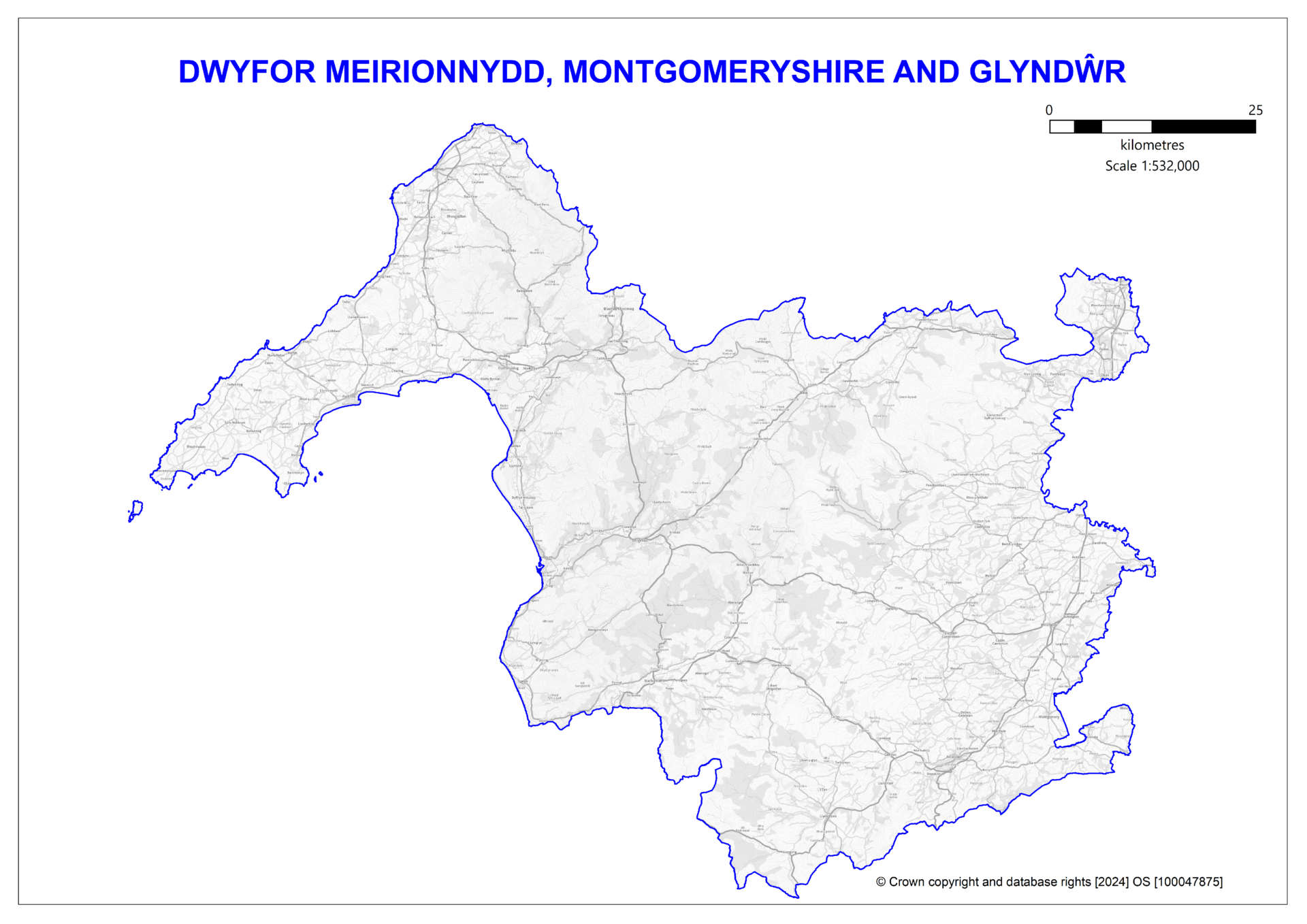
The Commission said it had considered combining Dwyfor Meirionydd with Ceredigion Preseli, but felt the result would be a "very large and unwieldy" constituency. Likewise, Montgomeryshire and Glyndwr was considered for pairing up with Brecon, Radnor and Cwm Tawe.
In its report, they state: "The Commission is of the view that there are reasonable road links between the areas of the proposed constituency such as between Machynlleth and Dolgellau."
"Whilst the Commission is of the view that it is not ideal to propose such a large constituency, it is the best option in terms of proposing a contiguous combination of 2 UK parliamentary constituencies in the area."
The Commission says it does not consider the impact of its proposals on future election results, but adds it is keen to understand whether there is public support for the proposals or whether residents feel their constituency should be paired with another.
It will also consider the proposed names of the constituencies.
Reacting to the plans, the Welsh Government welcomed the initial report as an important first step in the public consultation and stressed it has no role in the independent boundary review process.
Plaid Cymru described the reforms as a long-overdue move to strengthen Welsh democracy.
A spokesperson said: "From 2026, the people of Wales will be better represented and the Welsh Government can be more effectively scrutinised."
"We look forward to engaging with the commission to ensure new Senedd constituencies take full account of ... geographic, historical, and linguistic considerations."
But the Welsh Conservatives said they "have consistently opposed Labour and Plaid's Senedd expansion proposals."
Shadow constitution minister Darren Millar said: "it's the wrong priority and more boundary changes will cause yet further upheaval and confusion for those who have already had to contend with boundary changes in council and Westminster elections."
"We need a Welsh Government that is focussed on getting to grips with problems in our NHS, education system and economy, not one that is obsessed with more politicians and constitutional change."
The Electoral Reform Society (ERS) in Wales said significant change was "just around the corner for Welsh democracy" - but called for plans to introduce a closed list electoral system to be scrapped.
Jess Blair, director of ERS Cymru, said: "At the next elections in 2026 voters will be returning more members to represent them in new geographical areas under a new electoral system."
"Voters should be at the centre of these changes and it is welcome that the Commission is asking for the public's views on the proposed electoral map for Wales."
"Voters voices are the heart of any democracy, but they are currently at risk of being lost in the next election, due to the introduction of the Closed List electoral system, which only allows voters to back political parties rather than individual candidates."
"Ultimately to make these boundary changes work the best they can, the Senedd needs to move beyond closed lists after 2026."







 'Renew Bangor': two High Street businesses evicted
'Renew Bangor': two High Street businesses evicted
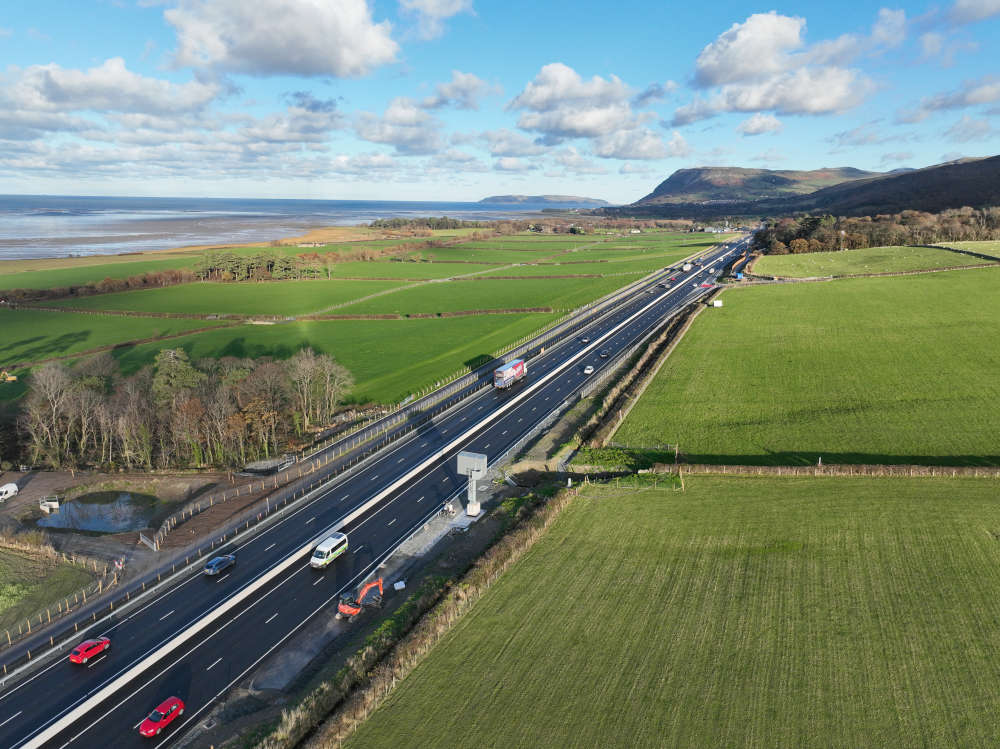 Aber Tai’r Meibion 'more resilient' two years on
Aber Tai’r Meibion 'more resilient' two years on
 Holyhead man jailed for assaulting police officers
Holyhead man jailed for assaulting police officers
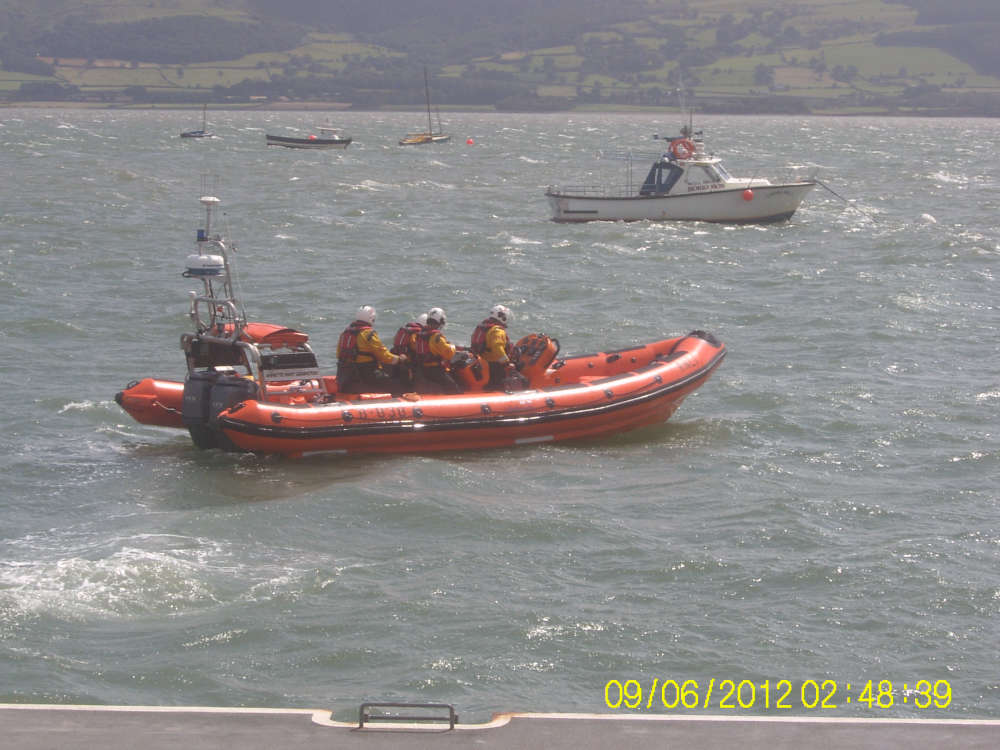 Two callouts for Beaumaris lifeboat
Two callouts for Beaumaris lifeboat
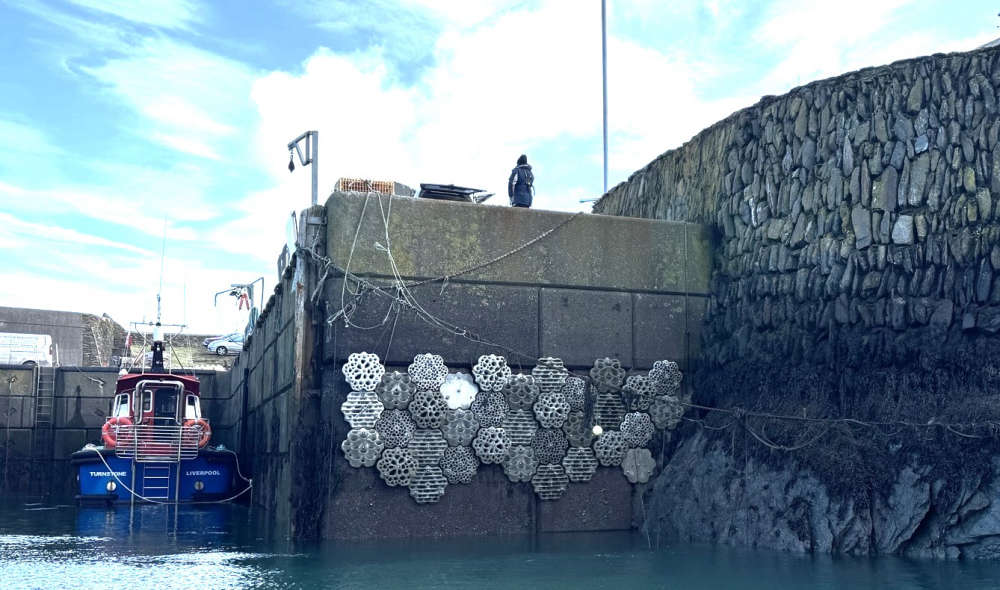 New living seawall at Amlwch Port
New living seawall at Amlwch Port


